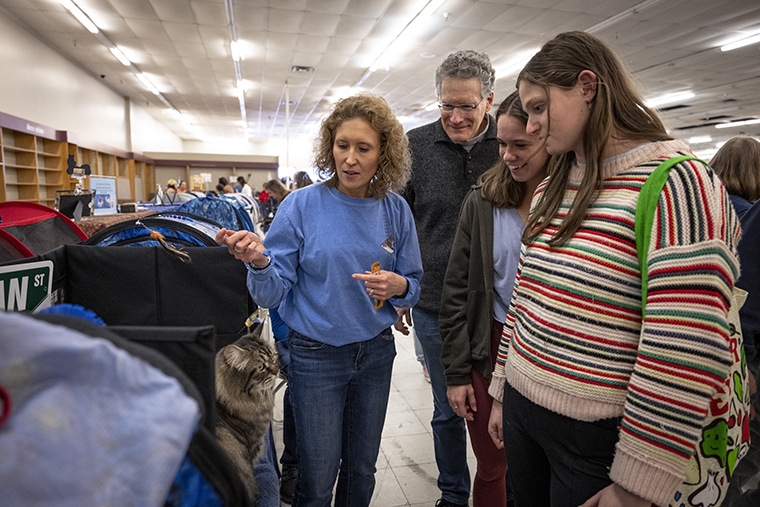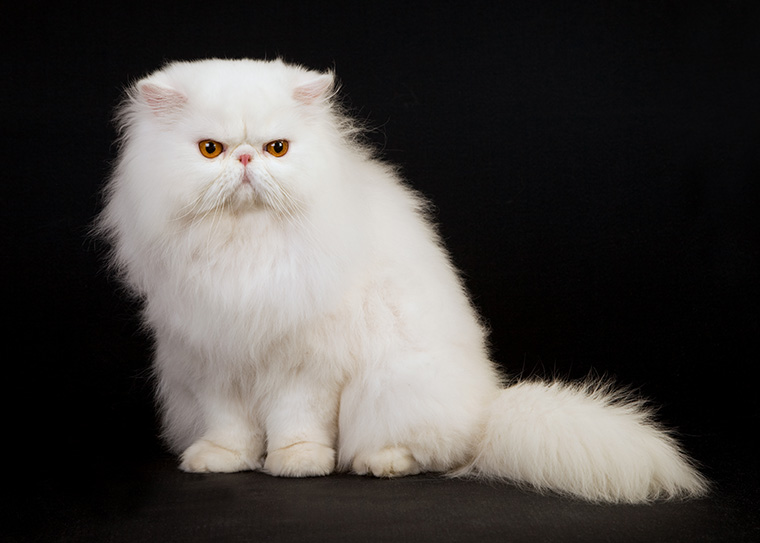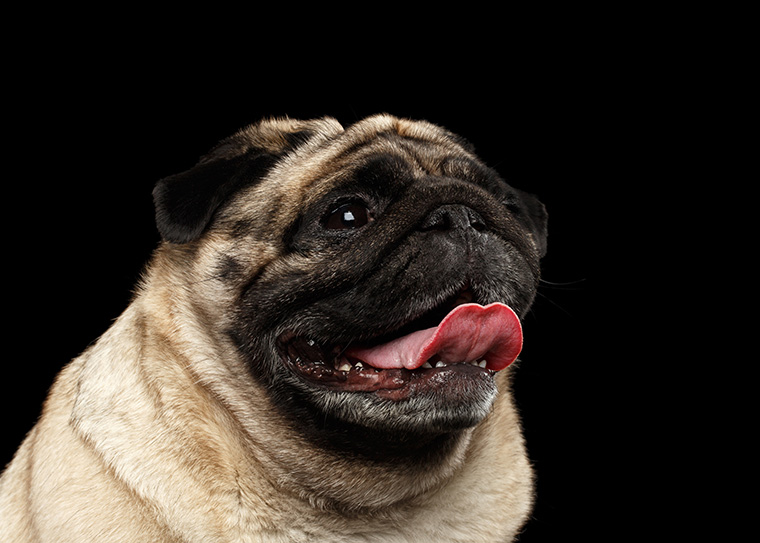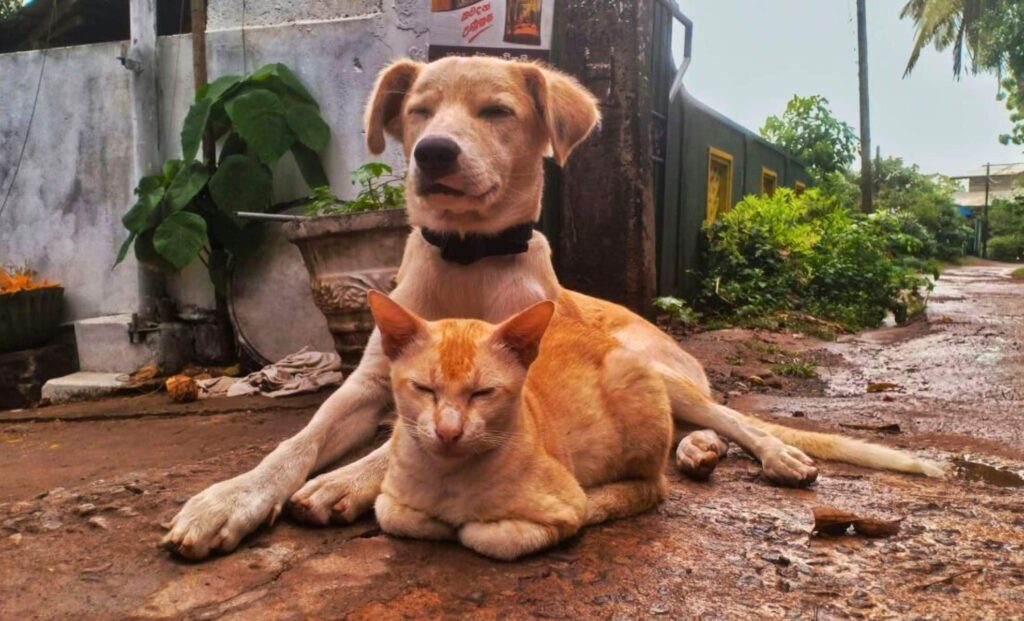At first glance, it might seem like a trick of the eye. But if you’ve noticed that certain cats and dogs are starting to resemble each other—flat faces, wide eyes, and button noses—you’re not imagining things. According to scientists, this growing similarity between the two species is a direct result of human-driven selective breeding. The findings come from an extensive study conducted by evolutionary biologists Abby Drake of Cornell University in Ithaca, New York, and Jonathan Losos of Washington University in St. Louis, Missouri.
Drake and Losos analyzed around 2,800 skulls belonging to domestic dogs and cats, as well as their wild relatives. The results revealed a striking pattern: domestic animals show more variation in skull shape than their wild counterparts. But the real surprise came when the researchers noticed that the skulls of some cat and dog breeds were more similar to each other than to their own ancestors. For example, the skulls of a pug, a Pekingese, and a Persian cat share a high degree of resemblance—far more than they resemble the skulls of a wolf or the North African wildcat.

The Power of Cuteness in Evolution
The reason behind this physical convergence is rooted in human psychology. People are naturally drawn to features that mimic the appearance of human infants—large eyes, round faces, and flat noses. These traits trigger parental instincts, prompting us to care for and protect creatures that appear baby-like, even if they’re not helpless. This preference has significantly influenced how breeders select for certain characteristics in both dogs and cats.
As reported by Popular Mechanics, animals that retain infant-like features into adulthood often evoke stronger emotional responses. This phenomenon isn’t limited to pets. It’s an example of alloparenting, where care is extended beyond one’s own offspring, often driven by physical cues. “Seeing these features automatically puts many of us into nurturing mode,” wrote Popular Mechanics. In the pet world, that translates to a higher demand for animals with exaggerated facial features, regardless of species.


Breed Standards Driving Convergence
This human influence goes beyond just preference—it’s formalized in breed standards. According to Drake, the standards for Pekingese dogs and Persian cats are “very similar in terms of how they want the nose to be up between the eyes and the face to form a vertical plane with no protrusion of the muzzle.” The result is a flattening of the face, a trait that has emerged not through natural evolution, but through consistent selection by breeders over time.
This process is an example of convergent evolution, which typically occurs in unrelated species that develop similar features due to shared environmental pressures. In this case, the “environmental pressure” isn’t natural—it’s aesthetic and entirely human-imposed. In contrast, divergent evolution, such as the one that split canids (dogs) and felids (cats) around 50 million years ago, leads species to develop unique traits based on different survival needs. Here, the convergence is happening in spite of deep evolutionary divergence.


The Hidden Cost of Aesthetic Breeding
While these physical changes may increase cuteness, they also come with serious health implications. Flat-faced breeds, known as brachycephalic, often suffer from breathing problems, dental crowding, and eye disorders. According to Popular Mechanics, some flat-faced dogs, like Boston Terriers and pugs, are not even allowed on airplanes due to risks of lethal nosebleeds caused by their compressed nasal structures. These issues didn’t exist in their wild ancestors, highlighting the toll that aesthetic preferences can take on animal well-being.
The study’s findings underscore the power of human choice in shaping not only pet appearance, but also their biological reality. As Jonathan Losos noted in a press release, “I don’t think anyone would have expected that.” And yet, the results make it clear: through repeated selection for a specific kind of “cute,” humans have pushed cats and dogs—once evolutionarily distant—into looking surprisingly alike.

